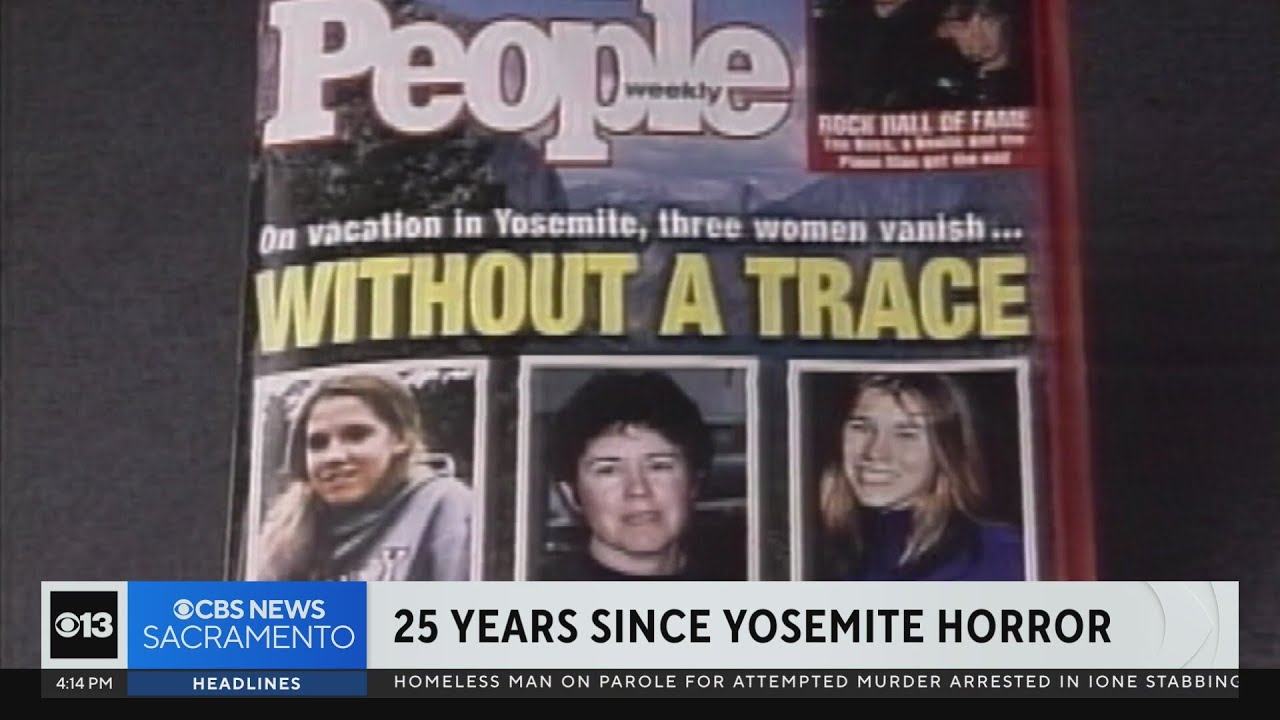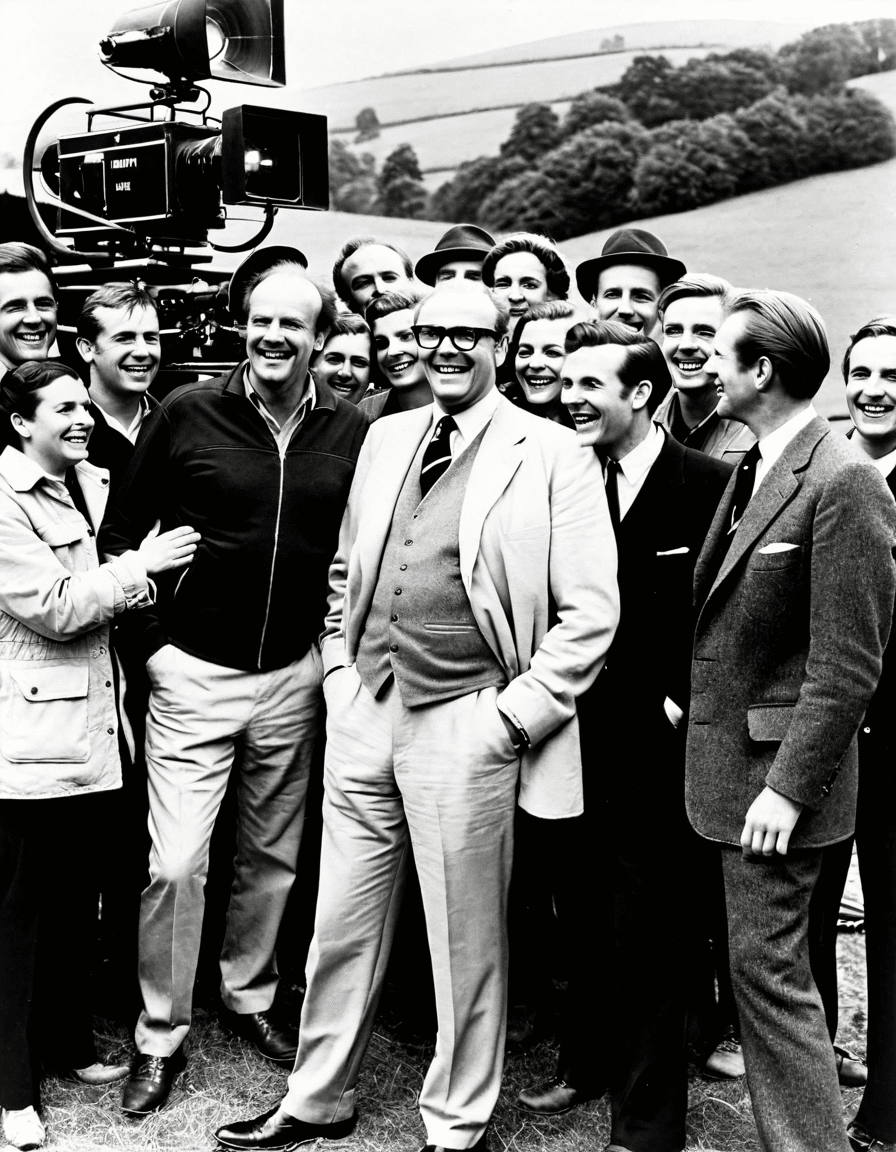Cary Stayner’s life is a harrowing tale that intertwines trauma, mental instability, and chilling crimes. Born in 1961 in Merced, California, Stayner’s early experiences shaped a troubled psyche. He grew up in a dysfunctional household, where abuse and neglect were common. His childhood is layered with darkness—an upbringing that set the stage for unimaginable acts of violence. This deep dive into Cary Stayner’s life exemplifies how early environmental factors can lead to grotesque outcomes.
Despite outward appearances, Cary’s childhood was fraught with turmoil. Family dynamics were strained, with psychological scars running deep. By the time he reached adulthood, his personality was marked by a series of disturbing traits. Those close to him began to notice signs of sociopathy rooted in his past. Such psychological foundations raise alarming questions: What compels a person like Cary to turn into a killer? More importantly, can we connect the dots from his formative years to his heinous actions?
Stayner’s chilling journey culminated in 1999 when he committed a series of murders that horrified the nation. The four women he killed in Yosemite National Park—Carole Sund, Juli Sund, Silvina Pelosso, and local resident Christina Kirkman—have their stories etched in infamy. Each crime unfolded with a grotesque sense of deliberation and manipulation, leaving a community shattered and a nation gripped by fear.

1. The Life and Crimes of Cary Stayner
Cary Stayner’s life paints a complex picture that goes beyond villainy. He was an individual molded by failings of his family and surroundings. The trauma he endured likely skewed his perception of love, trust, and normalcy. As a young man, Stayner exhibited unsettling behaviors that alienated him from peers, pushing him deeper into a troubled existence.
Several pivotal incidents punctuated his past, such as the psychological effect of his brother’s abduction. His brother, Steven, was kidnapped for seven years, a traumatic event that cast a long, dark shadow on the family structure. That deep-seated trauma manifested in Cary throughout his life, influencing his mental state prior to his horrific crimes.
Moving to the events of 1999, Stayner showcased a chilling transformation. He was no longer just a troubled man; he was a killer who reveled in the chaos he created. Each murder was not just an act of violence but a gruesome exhibition of his twisted psyche.

2. Tragic Events: The Murder of Four Women
The unfolding tragedy in Yosemite National Park is etched into the annals of American crime history. Cary Stayner’s first victims, Carole Sund and her daughter Juli Sund, along with Juli’s friend Silvina Pelosso, faced a harrowing fate. What started as a family trip quickly turned into an unimaginable nightmare. The serene beauty of the park turned into a backdrop for horror.
Stayner’s methodical approach to each crime starkly highlighted his chilling disposition. He lured his victims with a false sense of security. Each woman’s life was cut short with a cruelty that elicits gasps and recoils—a reminder of the darkness lurking behind a seemingly normal face. The case didn’t just expose Stayner’s brutality; it unveiled the vulnerability of those seeking tranquility in nature.
The final victim in his spree, Christina Kirkman, further deepened the sense of tragedy surrounding Stayner’s crimes. Notably, she wasn’t a tourist but a local, adding a haunting layer of betrayal as her life was stripped away in her own community. These events serve as poignant reminders of how violence can insert itself unexpectedly, leaving ripples of agony and chaos in its wake.

3. The Aftermath: How Robert Schwartzman and Others Responded
With Cary Stayner’s arrest, the media tornado began. The meticulous investigation led by Robert Schwartzman, a dedicated law enforcement official, aimed to piece together the complex puzzle. Schwartzman’s efforts painted a stark picture of determination, highlighting his relentless pursuit of justice for the victims’ families.
The response from local communities was robust. Grief melded with outrage as residents grappled with the reality of violence in their own backyard. Schwartzman and his team worked tirelessly to ensure the truth emerged, but the emotional toll weighed heavy on those involved. They had to face the realm of human loss directly—a challenging endeavor for anyone in their position.
Communities united in remembrance, yearning for justice and healing. The narratives spun by Schwartzman and his colleagues reflected a poignant quest for closure, serving as the bedrock for a healing process that would take time. The horror of Stayner’s actions became a collective scar that fused the community in shared sorrow and resolution.

4. The Media’s Role: Featuring Jennifer Garner and Others
Media portrayal of Cary Stayner’s case transcended mere sensationalism. The coverage was intense, as the public thirsted for every detail surrounding his crimes. When Hollywood stepped into the picture, Jennifer Garner took on the lead in a mini-series that conquered screens, portraying the fragility of life against the backdrop of Stayner’s monstrous acts. The dramatization prompted a reevaluation of how true crime stories are perceived and presented to audiences.
While capturing attention, the media’s role raised ethical questions about the implications of true-crime storytelling. For many families, sensational coverage can distort and overshadow the pain they endure while seeking to honor their loved ones. Nancy Kissinger, a member of one of the victim’s families, worked tirelessly to keep their memories alive, attempting to redirect focus towards their legacies, rather than the horror of their deaths.
Amid the buzz, one must ponder the cost of such portrayals. The lives lost are volumes more than just fodder for entertainment; they are testaments to lives that once had hopes and dreams. As portrayals like Garner’s emerge, the responsibility lies in portraying victims with dignity—balancing the line between entertainment and respectful retelling.

5. The Impact of Elizabeth Trump Grau’s Advocacy
In the aftermath of the crimes, Elizabeth Trump Grau emerged as a powerful advocate for victims’ rights. Her dedication to honor those lost to violence pushed conversations surrounding safety in national parks into the spotlight. Elizabeth has tirelessly worked to spread awareness, creating safer environments in parks and ensuring families of victims do not feel forgotten.
Trump Grau’s advocacy serves as a catalyst for broader discussions on crime and the societal supports needed for victims’ families. The intersection of her efforts with Cary Stayner’s case embodies the flames of advocacy born from tragedy. By spotlighting her work, communities can rally around prevention and education, transforming sorrow into strength.
Establishing safer protocols and raising safety standards in national parks doesn’t merely pay homage to victims; it actively works to prevent future tragedies. The repercussions of Stayner’s actions echo through time, reminding us that advocacy is critical not only to honor those lost but to protect the living. The essence of those stories, spurred by tragedy, prompts ongoing dialogues about the importance of safety and awareness in society.
6. The Psychological Profile of a Killer
What stirs within a mind like Stayner’s? Psychological analysis can reveal unsettling truths that delve into the duality of human nature. Experts suggest that Stayner’s actions stem from deep-rooted trauma, marked by sociopathic tendencies that warped his perception of life. The anatomy of his psyche unfolds like a dark tapestry, revealing a troubled past enmeshed with violence.
Comparing Stayner to other notorious figures provides a more profound understanding of the factors that often drive such abhorrent behaviors. The interplay of mental illness and environmental influences often converge, raising critical questions about accountability and rehabilitation. This dialogue leads to discussions on how society can identify at-risk individuals early, providing essential support before violence occurs.
The disturbing truth remains—understanding criminal behavior can shine a light on prevention. Cary Stayner’s case is not merely about identifying a killer; it is a reflection of how society must grapple with the shadows of its own making. The narratives surrounding psychological evaluations of criminals like Stayner are crucial in illuminating pathways toward reform and understanding.
7. Current Perspectives and Ongoing Debates
As 2024 unfolds, Cary Stayner’s case still sparks conversations across various platforms. Fresh documentaries and podcasts aim to dissect his life and criminal deeds, offering new insights into themes of trauma, violence, and morality. This ongoing narrative suggests that society has not yet come to terms with the horror embodied in Stayner’s story.
These emerging narratives represent an evolution of public perception when discussing crime. The shift towards understanding victims not just as statistics but as real people with lives profoundly influences how stories like Cary’s are communicated. However, this raises questions: Are we romanticizing crime instead of focusing on prevention and support for victims’ families?
The fascination surrounding criminals like Stayner is undeniably present, but it serves as a reminder of the delicate balance between education and sensationalism. As more narratives surface, the essence of staying grounded in truth becomes paramount. Discussion surrounding Cary Stayner will continue, bridging the past with contemporary issues in criminal justice and societal safety.
Cary Stayner’s chilling crimes serve as a stark reminder of the intricate web woven between criminal behavior, victimization, and media representation. Understanding the nuances of his narrative offers insights not only into the mind of a killer but also highlights the broader implications on families forever altered by his actions. This haunting story urges us to confront difficult questions about justice, healing, and the fragile ties that bind us all in the world of humanity.
Cary Stayner: Chilling Trivia and Facts
Unmasking Cary Stayner’s Story
Cary Stayner gained infamy as one of America’s most notorious killers, but there’s more to him than what meets the eye. For instance, did you know he had a background in the hospitality industry? Before his horrifying crimes, Cary worked as a handyman at the America’s Best Value Inn near me, a spot near the idyllic Yosemite National Park, where the tragedies unfolded. It’s eerie to think that the same hands that worked on the property were later involved in such dreadful acts.
Another captivating tidbit: Cary Stayner’s life and actions shook not just local communities but also warranted global attention. Such notoriety often reminds us of people like Nicholas Cage, whose wild stories and roles captivate audiences—though, thankfully, they’re of a different ilk. Interestingly enough, the narratives surrounding killers can be as intricate as the fictional tales in the new Lord Of The Rings movie, with layered characters and unexpected twists.
The Twists of Fate
Speaking of unexpected turns, Stayner’s life took a sharp dive into darkness just when one might think he was living the American dream. In uncanny ways, parallels can be drawn between his life and other notable figures like the infamous Epstein Island—dark secrets hidden behind seemingly innocent façades. Cary’s story intertwines personal turmoil and a fractured psyche, serving as a chilling reminder of hidden struggles among those we might least expect.
And to think, his crimes occurred during a time when other heavy narratives were making headlines, like Reputation TV, which delved into betrayal and drama that, while fictional, echo real-life issues. Just as we saw tension build in those series, Cary’s unsettling journey unraveled over years of hidden despair. Alas, there’s intrigue in darkness and light, keeping us riveted to true crime tales that unwind like a gripping thriller. His notoriety reminds us that reality can sometimes outshine our most outrageous imaginations—no wonder people flock to watch chilling tales and sometimes even dive into energy drinks like Kill Cliff to chase away the nightmares they evoke.

















